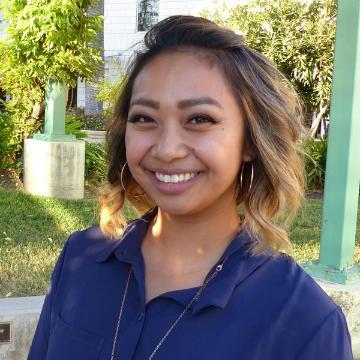
This week, Dr. Erwin Chemerinsky, dean of UC Berkeley’s School of Law, spoke at Santa Clara University about Free Speech on Campus. Time and time again we find ourselves asking why do we have to keep coming back to freedom of speech and civil discourse? Well for one, this is a fellowship on freedom of speech and civil discourse so that is, in fact, what my team and I spend our time discussing. But in general, this is a hot topic for colleges and universities across the country. What is freedom of speech and civil discourse and why is it so important to know what they mean and how they affect us? Dr. Chemerinsky argues that universities are places where ALL ideas can be expressed. Think back to the 1960’s and UC Berkeley’s Free Speech Movement and the way that changed student dynamics in universities across the country. College campuses were launch pads for students to build movements against wars and poverty or for environmental action and conservation. The beauty of universities is that they are places where ideas can flourish and spread.
He added that public attitudes have been changing for the worst in the last few decades. He talked about the Westboro Baptist Church and being surprised by the hatred on their posters. Public hatred and impunity are now an unfortunate reality that many of us grew up with and have gotten used to. This is the reality that we face today in our college campuses and must learn to navigate. Below, I will explore the structure of safe spaces, what they are and what they imply.
What is a safe space?
According to Google, a safe space is, “a place or environment in which a person or category of people can feel confident that they will not be exposed to discrimination, criticism, harassment, or any other emotional or physical harm.” Wikipedia expands, “The term "safe space" has been extended to refer to an autonomous space for individuals who feel marginalized to come together to communicate regarding their experiences with marginalization, typically on a university campus.”
Who is safe?
In my experience, safe spaces are commonly havens for people of a certain color, gender, immigration status, religion, or sexual orientation.
Safe Spaces and Dr. Chemerinsky
Dr. Chemerinsky highlighted that safe spaces, although positive and protective of speech, can hinder the full expression of free speech. Safe spaces are typically associated with historically marginalized communities, right? What about minority communities with unpopular opinions? In the wake of Trump’s election as president, several students did not feel safe to openly express themselves and their support for an unpopular figure. Granted, a minority of that minority stood on their soapboxes and let themselves be heard loud and clear, however obnoxious or unwelcome. However, what about the other part of the group? They are marginalized by loud liberal opinions on a liberal college campus. Will they find themselves unable to express their marginalized opinions? Dr. Chemerinsky expressed that safe spaces can repress the expression of certain views. Is it fair to accept some opinions over others? Do we want to be a fair community that welcomes all people to have a seat at the table, regardless of their beliefs?
